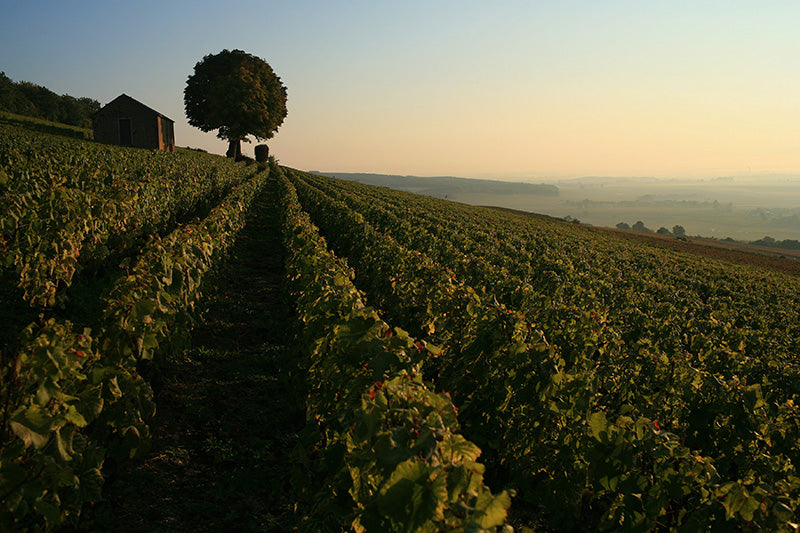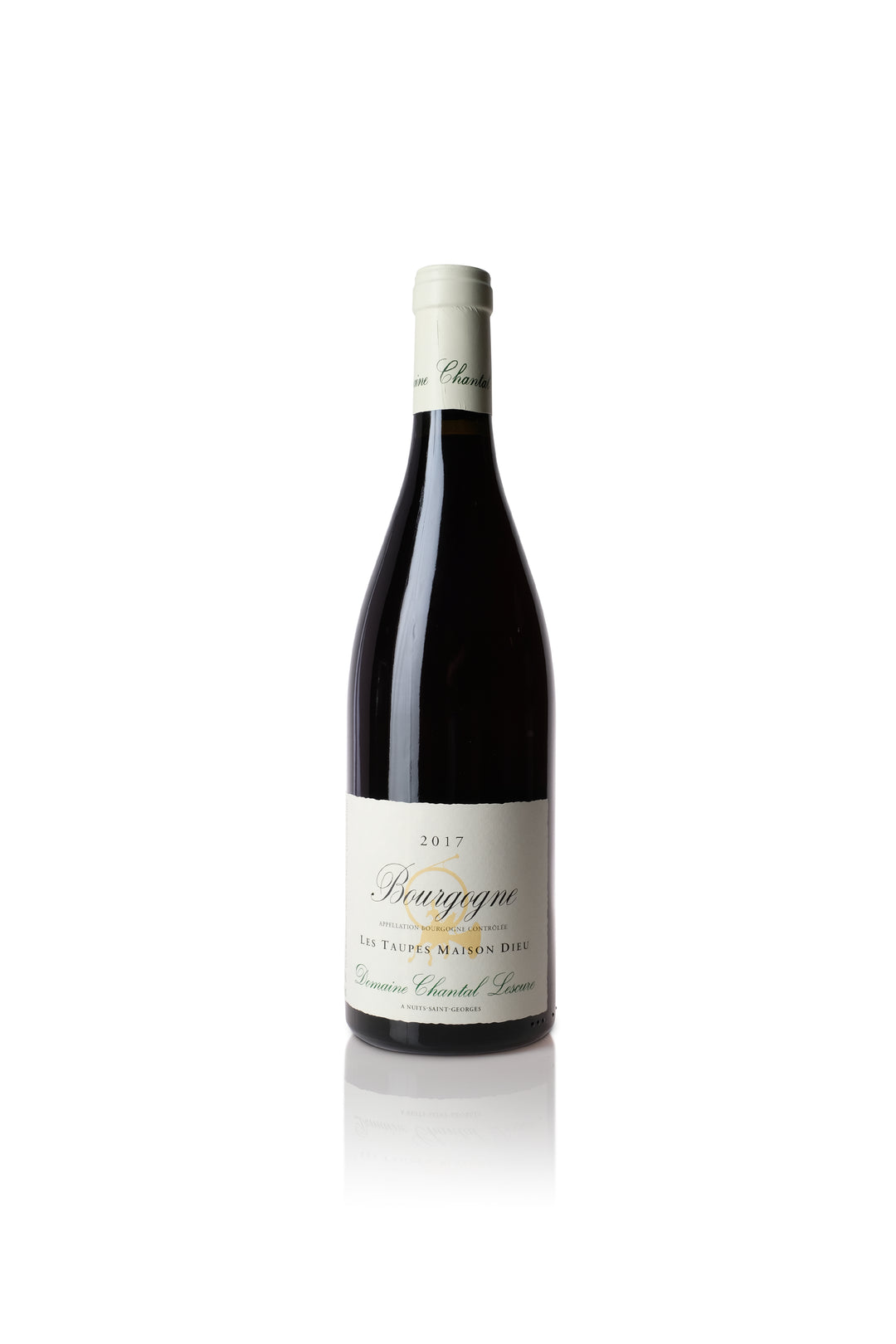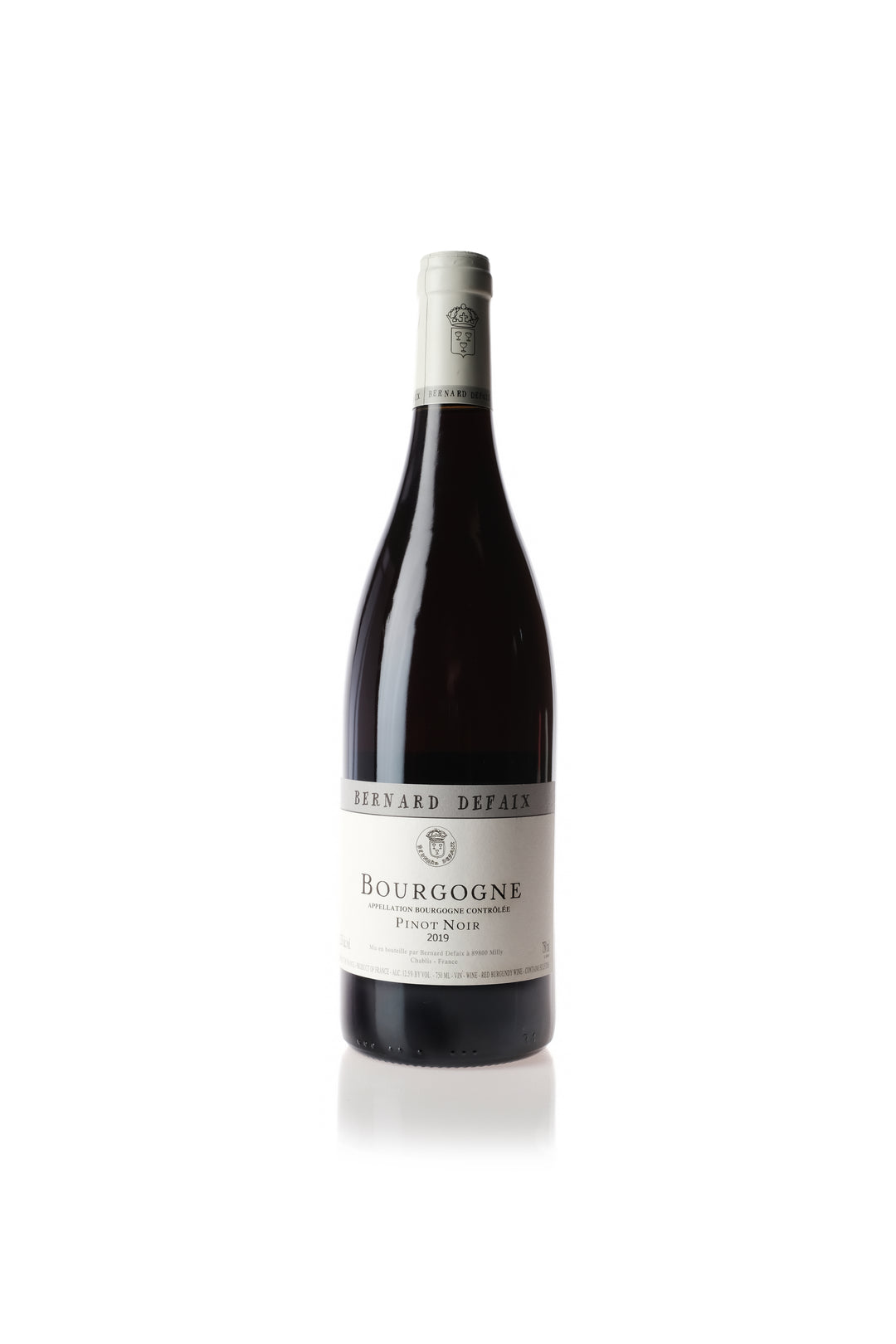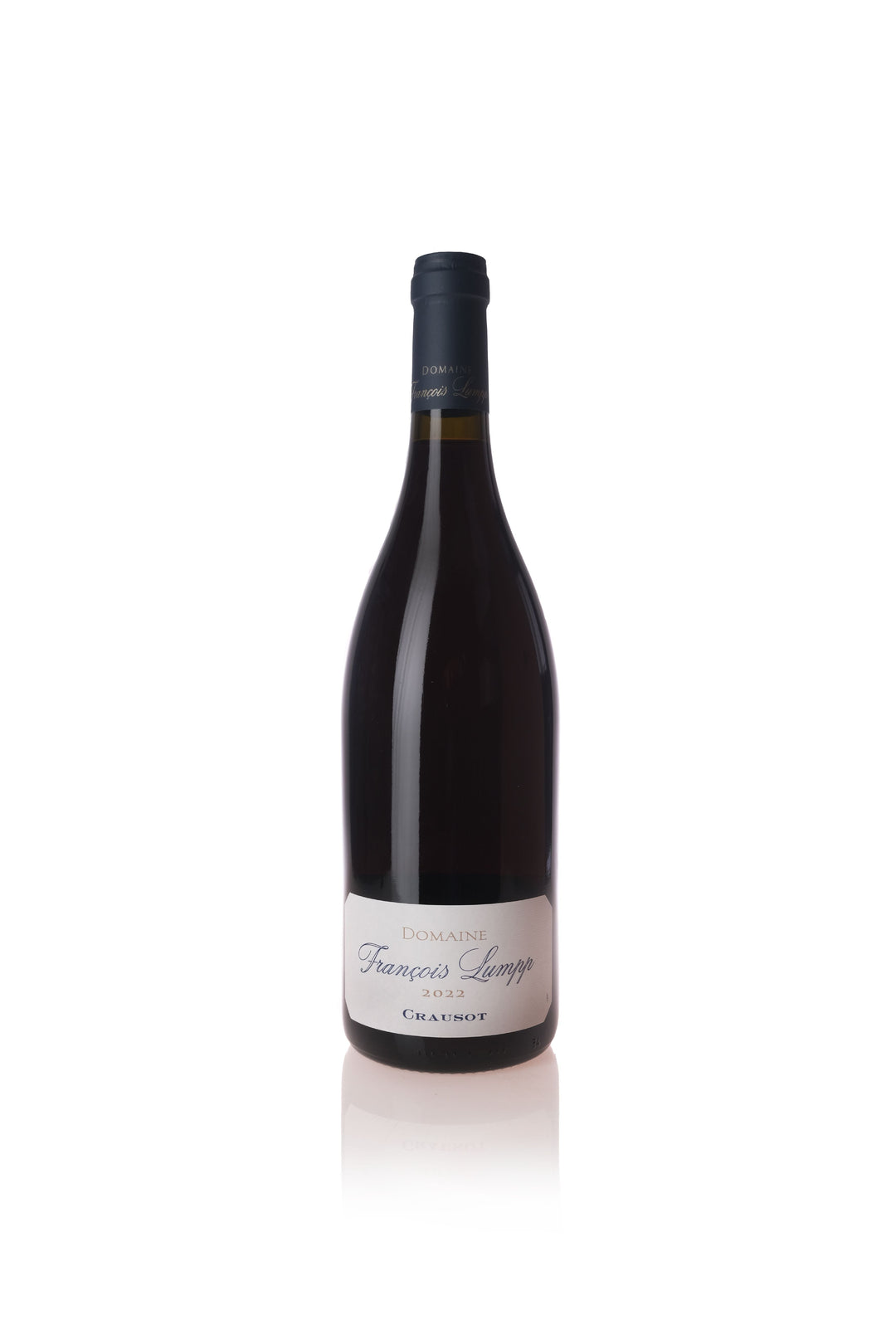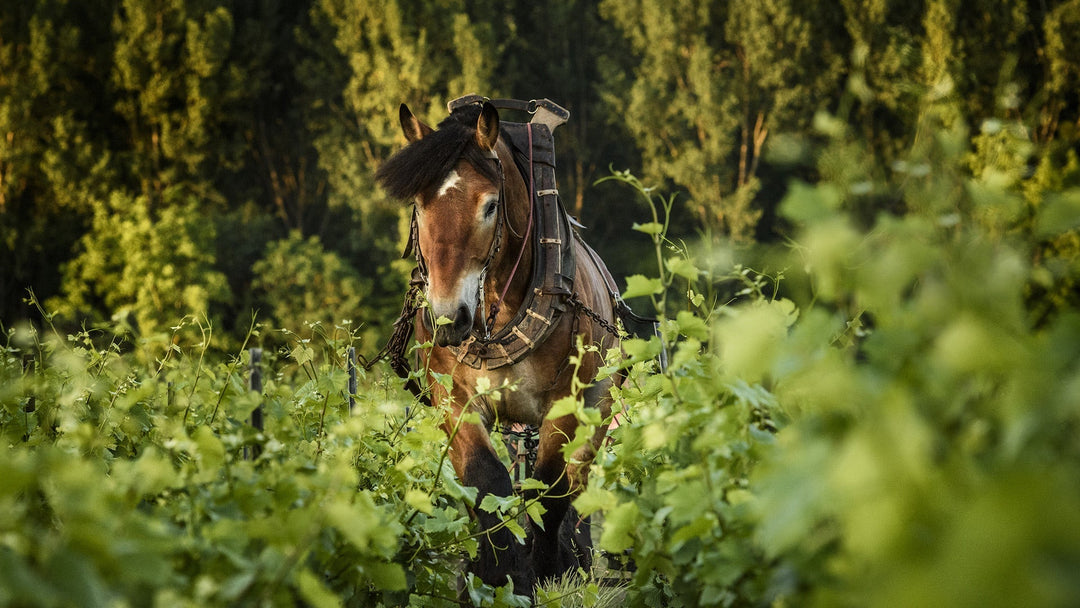TIPTOEING INTO BURGUNDY with BOURGOGNE ROUGE
When you hear the word “Burgundy,” what comes to mind? Possibly you’re thinking of vineyards situated over rolling slopes or crumbling cellars underneath the earth. The sense of mystique and dollar signs wouldn’t be amiss, nor would snooty sommeliers decanting bottles tableside. You wouldn’t be wrong, not completely. We wish to set free the stereotypes surrounding Burgundy with some of our own research. Years in the wine business, traveling, reading, and networking have brought us to this topic: “How to drink Burgundy without breaking the bank.” Burgundy doesn’t always equate to high dollar signs and we’ve got some great and affordable picks for you to consider. Our journey begins with Bourgogne Rouge.
For starters, Bourgogne Rouge literally translates into Red Burgundy; it’s a matter of French versus English. Most of what you’ll see on a wine label is a breakdown of where the wine came from and who grew the grapes. Typically, grape varieties aren’t listed because Burgundy’s wine laws. Basically this is because it is already assumed that a Red Burgundy is Pinot Noir. It literally “goes without saying.”
Let’s begin with the classification of Burgundy. “Bourgogne Rouge” is its own appellation, which is a protected geographic area, not a single pinpoint on a map. The expansive region of Burgundy stretches almost 200 miles north to south. Within this area is the strip of the Côte-d'Or, otherwise known as the golden slope, spanning about 62 miles. Côte-d'Or gets its name from the way the limestone-dredged soil reflects the sun. It comprises Côte de Nuits in the north and the Côte de Beaune in the south.
Burgundy has four quality levels across over 100 growing appellations. Grand Cru is the highest quality level, denoting top singular vineyards, or crus. Premier Cru, or 1er Cru as the French call it, comes in second, also designating singular exceptional crus. Village wines come next sourcing wine all from one village. The fourth quality level includes regional wines—Bourgone Rouge, Bourgogne Blanc, etc, which may come from all over the Côte-d'Or.
While Bourgogne Rouge is sourced from appellations all over the region, it has relatively few restrictive laws in place. In a sense, Bourgogne Rouge is allowed to be many different things at the same time. Domaine Arlaud’s Bourgogne Rouge Roncevie is a great example. The Arlaud family are winemaking legends, producing wines at all quality levels. The Roncevie plot was purchased in 1964 by Joseph Arlaud and was once classified as Gevrey-Chambertin land for its vines. That same year, the plot was reclassified as Bourgogne level, but not the surrounding plots. So yes, you could call this wine a declassified Gevrey. Not only does the wine express the terroir from one plot, but the juice is Gevrey quality without bearing the steeper price tag. This is what we spend much of our time doing—debunking the myth that all Burgundy is expensive, finding the best value from great producers, and assessing the special bottles when we find them.
Bourgogne Rouge is the gateway to some of the more serious wines of Burgundy. You aren’t wrong if you ever thought of Burgundy as being romantic, fantastical, or mysterious...
Its main grape, Pinot Noir, is a variety known as the winemaker’s variety. Seldom blended with other varieties, it has the ability to showcase terroir—the French expression for a sense of place. It has the capacity to show beautiful tart red fruits like cherry and cranberry accented by flowers, lush forest and mushrooms. The soils of the region—limestone, chalk, gravel, and sand—are a lens into the complexity of its wine. Proper oak and bottle age coupled with additional time spent in the cellar adds to the grandeur of Burgundy.
Winemakers often have the same rigorous standards for growing, harvesting, and cellaring their Bourgogne Rouge as they do for their elevated bottlings. This is an example of how Bourgogne Rouge can fly under the radar as seemingly common, but offer extraordinary value. In the end, it all comes down to producer, producer, producer. When you’ve gotten to know an artist over time, you come to know their style and winemakers in Burgundy are no different. Even during a lackluster vintage, a great Burgundy winemaker can still produce something remarkable. This shows that craft and skill are of utmost importance. With the right producer, Bourgogne Rouge will cellar just as well as its higher-classified brethren.
Bourgogne Rouge tends to pair with more cuisine than it doesn’t. As food pairing goes, Burgundy Pinot Noir surpasses many red wines in its versatility. It complements a broad style of food. The wine community’s mantra, “what grows together goes together,” could not be truer in this region. Rich, fondue-like cheeses, roast game birds, and regional stews like coq au vin and Beef Bourguignonne are essential pairings. The style contributes to unexpected pairings with fish like salmon.
Bourgogne Rouge has more appeal factor than the Premier Cru and Grand Cru. It has drinkability. It can be purchased and consumed in the same night. It has cellar potential, but doesn’t necessarily need it. It does not need as much time to breathe upon opening. It’s what you drink while the higher quality levels age. If Bourgogne Rouge was a movie character, it would be Matthew Broderick as Ferris Bueller. The character is youthful and playful, gets along with most everyone, and has a way of sneaking around undetected.
Bourgogne Rouge shows what a great Burgundy winemaker can do; it’s the first act of the show, the 101 class. It’s the precursor to the rest of the region with less investment. It has made a place in the wine world at a wallet-friendly price point. We can’t wait until you taste these gems for yourselves.
by Brittany Marsh - the Cru - HART & CRU


